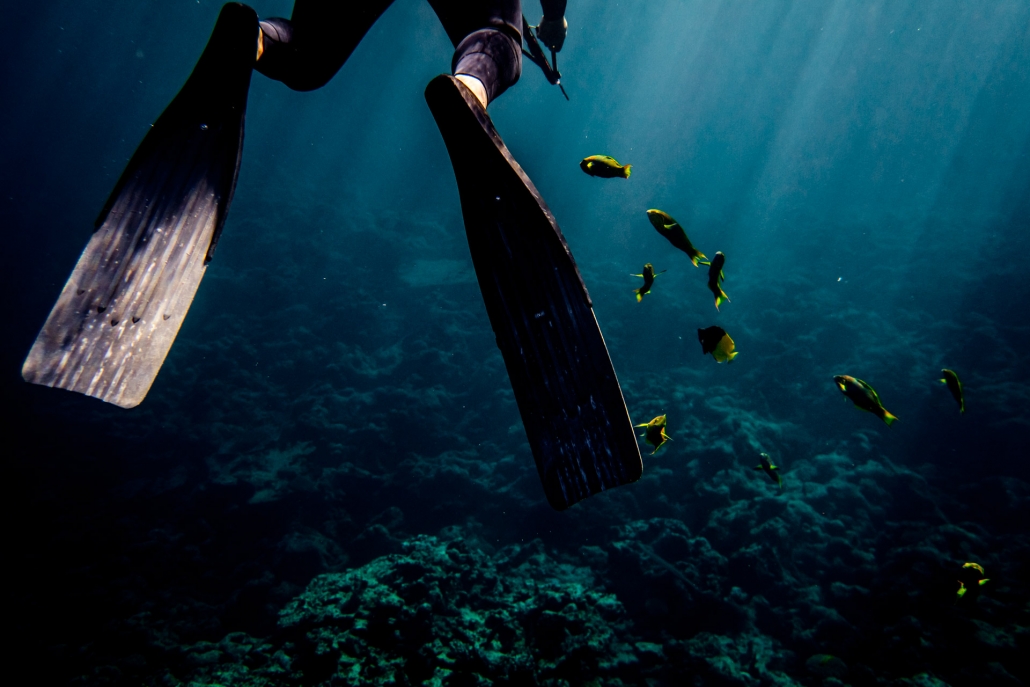A FRENCH PARADISE ?
This post is also available in:
 French
French
Austral Islands, French Polynesia – 2018/2019
Somewhere in the world, there is a 40-square-kilometre island where you cannot buy a plot because the land is everyone’s property. It is a place where food comes from whatever happens to grow and where any meat comes from what you have hunted. Money is of little importance and no one sleeps rough or lacks food. Fish are shared equally, and are allowed to reproduce without any interference in zones where fishing is forbidden.
This place is called Rapa Iti, the southernmost inhabited French island, 1200km from Tahiti and 16306km from Paris. It is part of the Austral archipelago in French Polynesia, and, thanks to its unique geographical position (but not only this) is still well preserved from external influences and from globalisation in general. The relief of this ancient volcano makes it impossible to build any sort of airstrip; access is solely by sea and demands extreme prudence. A ship comes roughly every six weeks, linking the island to the rest of the world, but the service is very irregular. It is the only way to come to or leave the island.
The way of life of the inhabitants, their solidarity and their relationship with nature force us, in our western society, to a degree of introspection.
From the moment when I discovered its existence – totally by chance – this island fascinated me. I needed to understand how this French microsociety worked. The extreme rarity of documentation concerning Rapa Iti and the fact that no photographer had ever made a documentary there convinced me to go there as soon as the opportunity presented itself.
It took more than a year to get the approval from the local authorities to go there and to start working amongst the locals. So after ten days of travelling, I spent six weeks on site between April and June 2018. I went back once to finish my documentary, between December 2018 and January 2019.
During my last visit, I discovered that, since 1938, certain visitors such as heads of the administration, nurses, teachers, military personnel and various others had left a trace of their passage on the island in a guestbook that was kept carefully at the weather station. I didn’t dare to inscribe anything myself but this is the message that I would like to address to the residents of Rapa Iti :
Aronga (Hello),
Your unconditional welcome and your generosity, as well as the absolute confidence that you showed me, were extremely touching and I would like to thank you sincerely for that. But I would like especially to express my gratitude for the thoughts that have accompanied me since I have come back to Paris.
While we fight to save a minute, you take the time to watch time pass.
While our elderly are no longer considered as equals and when we pay a fortune so as not to have to take care of them, you take turns to watch over them whenever they fall ill.
While we try to prove that we exist by buying more and more things, you share most of your belongings and resources, as you don’t see the point in keeping them for yourselves.
While we buy meat that has travelled more than we will in a lifetime, you cut yours knowing that it has come from the land around your bays.
When at last we realise that we cannot keep emptying our oceans without leaving the fish the time it takes to reproduce, it has been thirty years since you have brought back the ancient “Rahui” tradition aimed at preserving wildlife.
This way of life has been a source of pride and commands respect. However since the recent arrival of internet, gameboys and “social” networks, some of you go out less, go to bed later, and do not cook together anymore…processed food is starting to replace local specialties. With too much sugar, salt and fat, it has even made some of you ill….
So please, keep on protecting your island and the way of life which defines you.
The boat that comes by every so often is your best friend. But it is also your umbilical cord, filtering nothing of what it brings to Rapa Iti.
Tongia (Thank you).
Paul Béjannin



